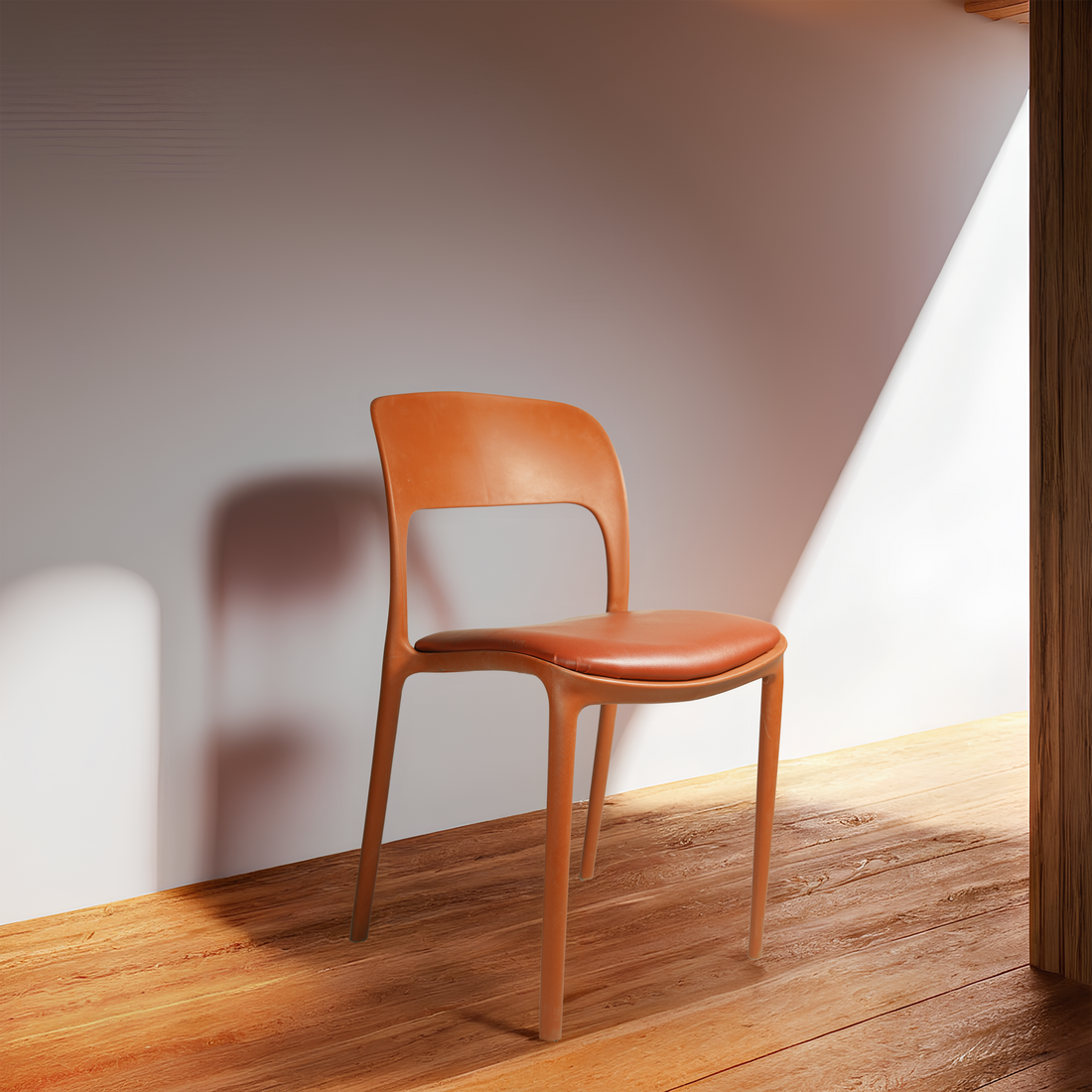
Myths of Durability: How Long Do Good Plastic Chairs Last?
Share
Plastic chairs are ubiquitous — in homes, provide, cafes, schools, and public areas. They're cheap, , and transportable and simple to clean. But when it comes to durability, most people are still uncertain about how long plastic chairs really last. Some people think they're "cheap and throwaway," while others think that with good designs, they can last a number of years. So, what's the reality? Let's demystify the myths and the facts about plastic chair durability.
Myth 1: Plastic Chairs Crack Easily
The largest myth is that plastic chairs crack when there is pressure. Although this is possible with substandard products, quality pressed plastic chairs are surprisingly durable. Polypropylene (PP) or poly carbonate materials, for example, are designed to withstand heavy loads and constant use without cracking.
Fact: A well-made plastic chair can hold weight similar to wooden or metal chairs, to be so long to be it is used if its recommended load.

Myth 2: Plastic Chairs Can't Withstand Outdoor Use
Another popular myth is that plastic chairs soon bleach, warp, or crack in the sun or in the rain. While older models were indeed prone to this, many new plastic chairs now have UV stabilizers and if -resistant finishes.
Fact: Good-quality outdoor plastic chairs can stay intact for 5–10 years with little colors loss, even when exposed to the elements on a regular basis.
Myth 3: Plastic Chairs Do Not Last Longer than Wooden or Metal Chairs
While it's no secret that wood and metal have a track record for durability, plastic has received a whole lot better in in this sense. In contrast to wood, plastic is not susceptible to termites or mildew. In contrast to metal, it doesn't rust. With maintenance, plastic chairs tend to equal — or even surpass — other materials in high-traffic areas.
Fact: A quality plastic chair, depending on the material, can last between 10 years and more.

What Determines the Lifespan of a Plastic Chair?
The longevity of a plastic chair depends on several factors:
Material Quality – Chairs made from virgin polypropylene or reinforced composites last longer than those from recycled or low-grade plastic.
Manufacturing Process – Injection-moulded chairs have fewer weaknesses, resulting in them more durable.
Usage Conditions – Indoor Usually, chairs last longer than outdoor chairs exposed to sun, rain, or extreme temperatures.
Weight Capacity – Exceeding the ability of the The chair often gets shorter. life.
Maintenance – Regular simple maintenance like cleaning and storage enhances life tremendously.
How to Prolong the Life of Plastic Chairs
Don't Overload: Use the weight limit recommended.
Clean Frequently: Dust and debris can erode surfaces with time.
Shield from Extreme Weather: Keep indoors during extreme winters or under shelter during intense sunlight.
Stack Correctly: When stackable, don't drag chairs to avoid scratching and cracking.

The Real Answer: How Long Do Quality Plastic Chairs Last?
A well-made plastic chair from a reputable manufacturer will last 7–10 years on average when used In a slight and care. In conditions, they can last many years longer, especially when used in indoor environments.
This makes plastic chairs an intelligent investment for both domestic and commercial use — offering low up-front cost combined with long-term longevity.
The notion that plastic chairs are fragile or temporary is no longer applicable. Design trends, materials, and production techniques of today have made them robust, trustworthy seating options.
